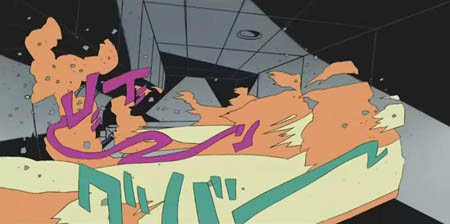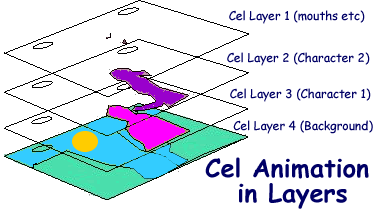3D CGI Animation
Computer animation is the process used for generating animated images, The term people use when talking about Animation is CGI which has bot static and dynamic images, Computer animation is ultimately just the successor to stop motion which was used in traditional animation.
The way that 3D CGI Animation works is models are built on the computer monitor (modeled) and 3D figures are rigged with a virtual skeleton, it will begin transparent but will start to shape up the more time the animator is spending and should then become a realistic looking animation.
3D CGI was invented in 1960 by graphic designer William Fetter, the work that Fetter did was development of ergonomic descriptions of the human body that are both accurate and adaptable to different environments, and so this resulted in the first 3D animated wire-frame figures.
Here are two examples of 3D CGI Animation:






